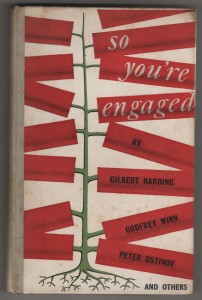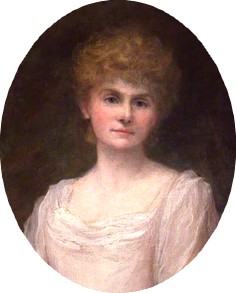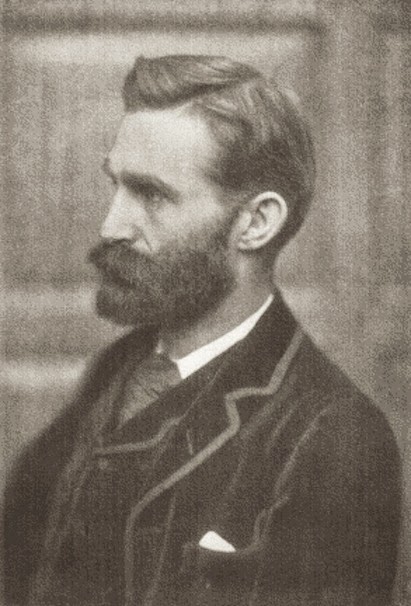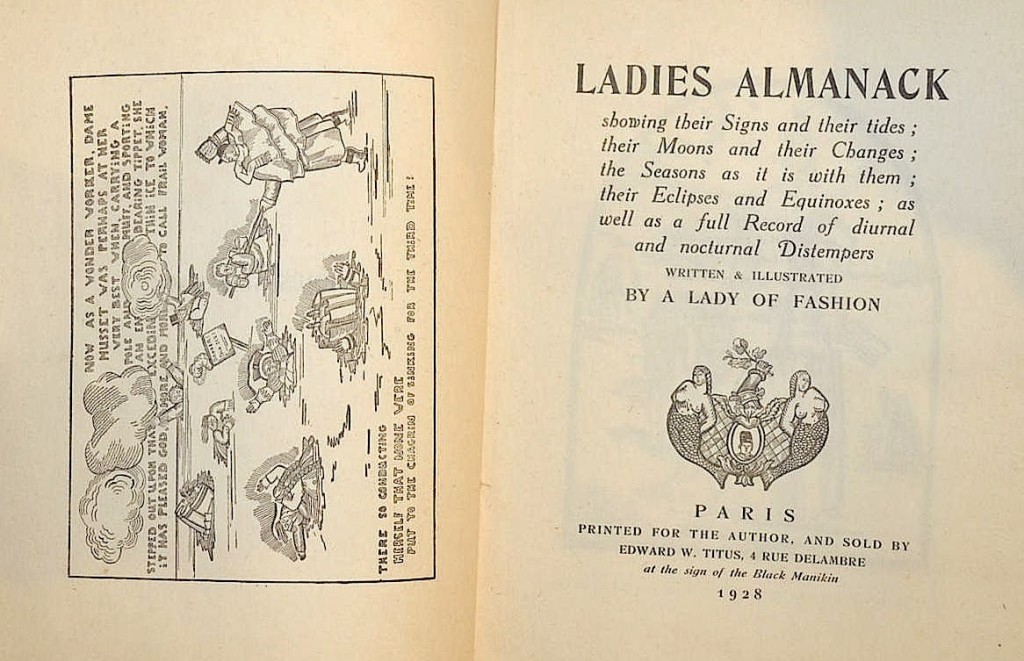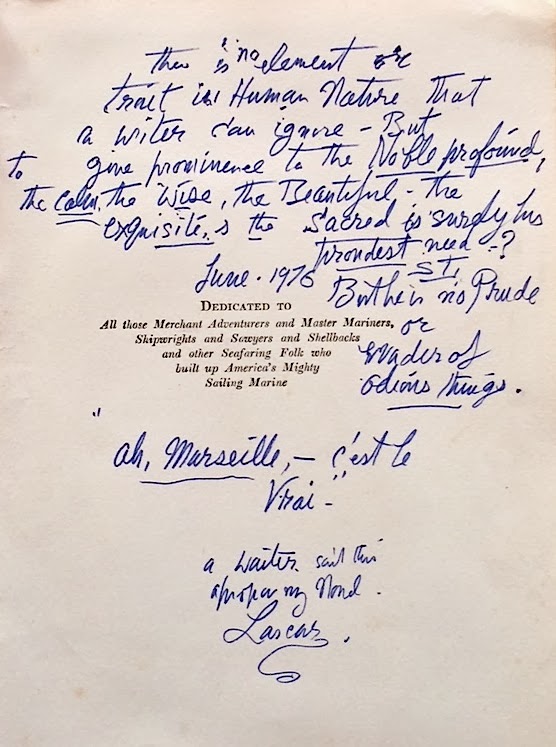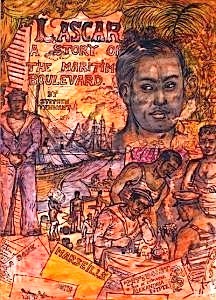In an earlier Jot we discussed the prison ordeal suffered by the prolific novelist Rupert Croft-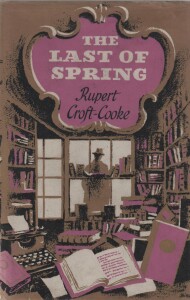 Cooke for homosexual activity with two sailors, comparing it to the conviction of British hero and computer genius Dr Alan Turing for a similar offence at about the same time. We are now going to look at Croft-Cooke’s brief period as a second hand bookseller between the wars.
Cooke for homosexual activity with two sailors, comparing it to the conviction of British hero and computer genius Dr Alan Turing for a similar offence at about the same time. We are now going to look at Croft-Cooke’s brief period as a second hand bookseller between the wars.
Working in a second hand bookshop is, for obvious reasons, a popular means of earning a crust for struggling writers. George Orwell is probably the best-known bookshop assistant, but there are others, including Brian Aldiss, whose debut publication, The Brightfount Diaries, was a fictionalised account of his days working in an Oxford antiquarian bookshop. However, more than a few writers actually ran bookshops themselves, including an American novelist. Another was the diminutive film director and actor- turned thriller writer Brian Forbes, who owned a rather glamorous bookshop in Virginia Water, just a mile or so from his distinctly swanky home near Wentworh golf course.
Some of these bookshop owners/writers began as collectors and, as in the case of Forbes, earned enough from their other occupations, both past and present, to continue their collecting activity. However, it seemed that Croft-Cooke was never a book collector in the classic sense when in 1928, at the age of 24, before he had established himself as a novelist, he decided to open a shop with his brother in Rochester High Street. Continue reading

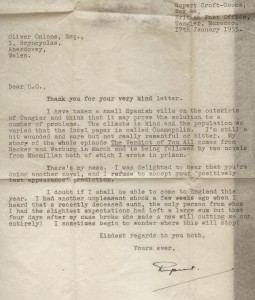 between consenting adults were made legal, many men from all backgrounds, including actors, writers and at least one famous mathematician, were prosecuted and sometimes jailed. The persecution of Dr Alan Turing, the genius who helped the UK win the Second World War, is a shameful blot on the English penal system, but another victim of the law whose conviction has aspects in common with that of Turing is the less well-known writer Rupert Croft-Cooke (1903 – 75).
between consenting adults were made legal, many men from all backgrounds, including actors, writers and at least one famous mathematician, were prosecuted and sometimes jailed. The persecution of Dr Alan Turing, the genius who helped the UK win the Second World War, is a shameful blot on the English penal system, but another victim of the law whose conviction has aspects in common with that of Turing is the less well-known writer Rupert Croft-Cooke (1903 – 75).